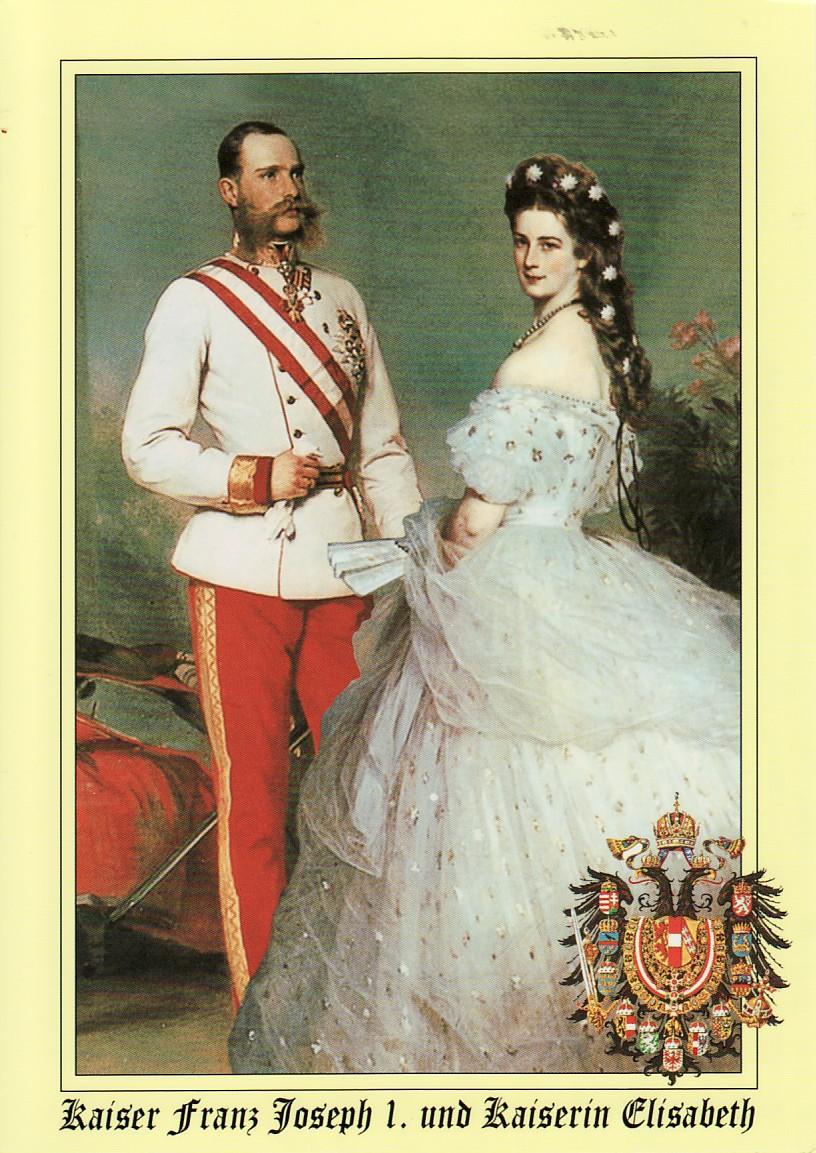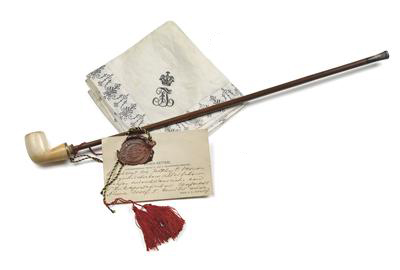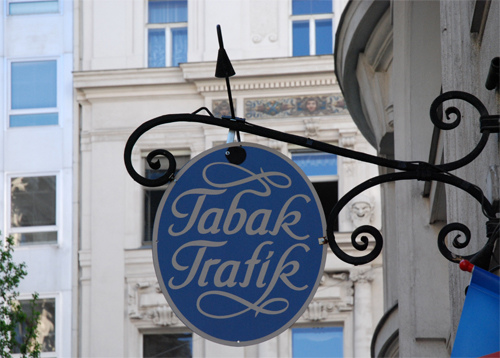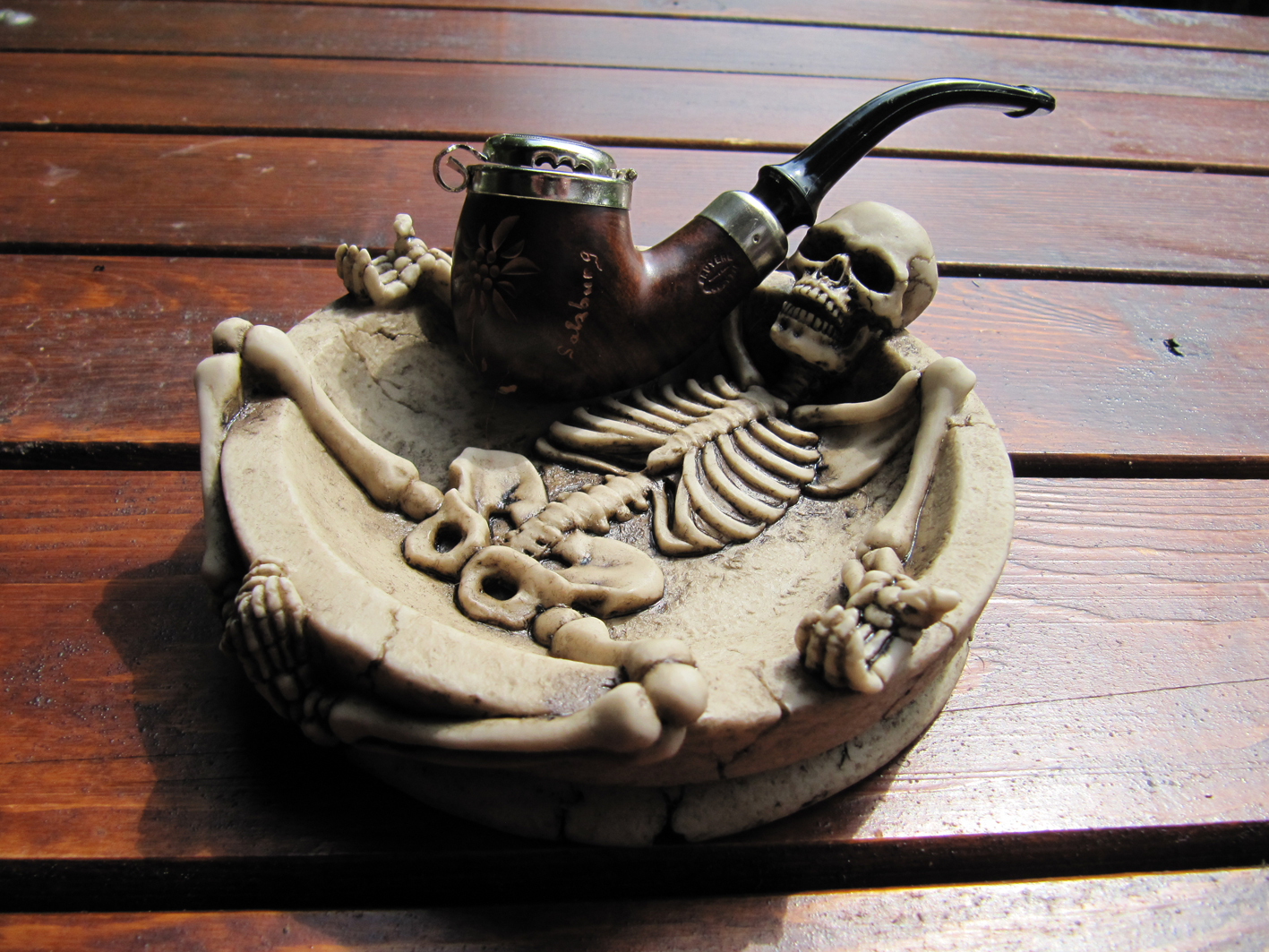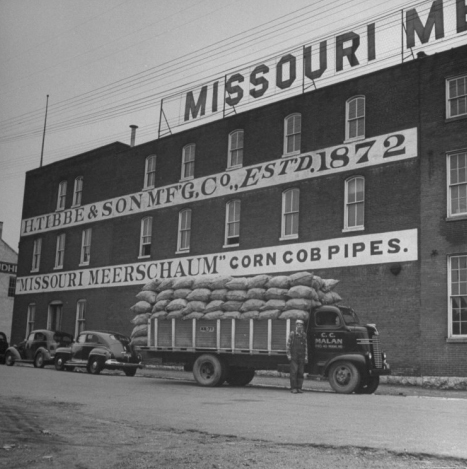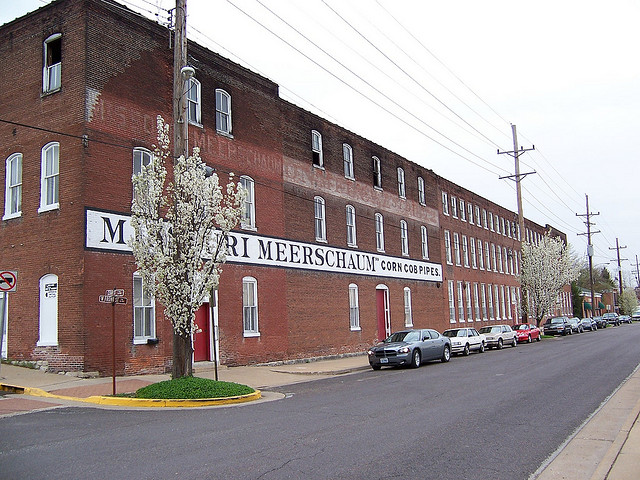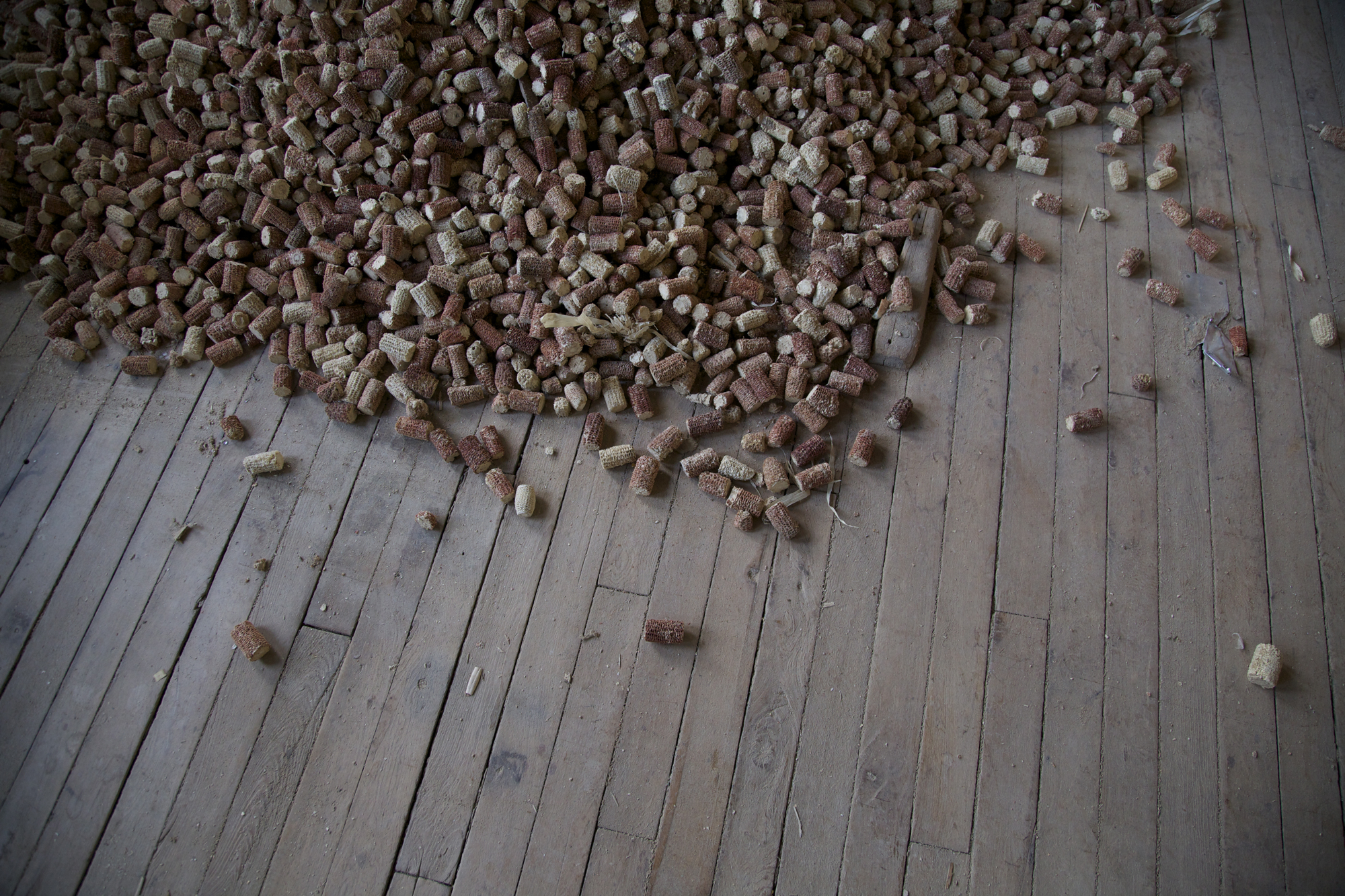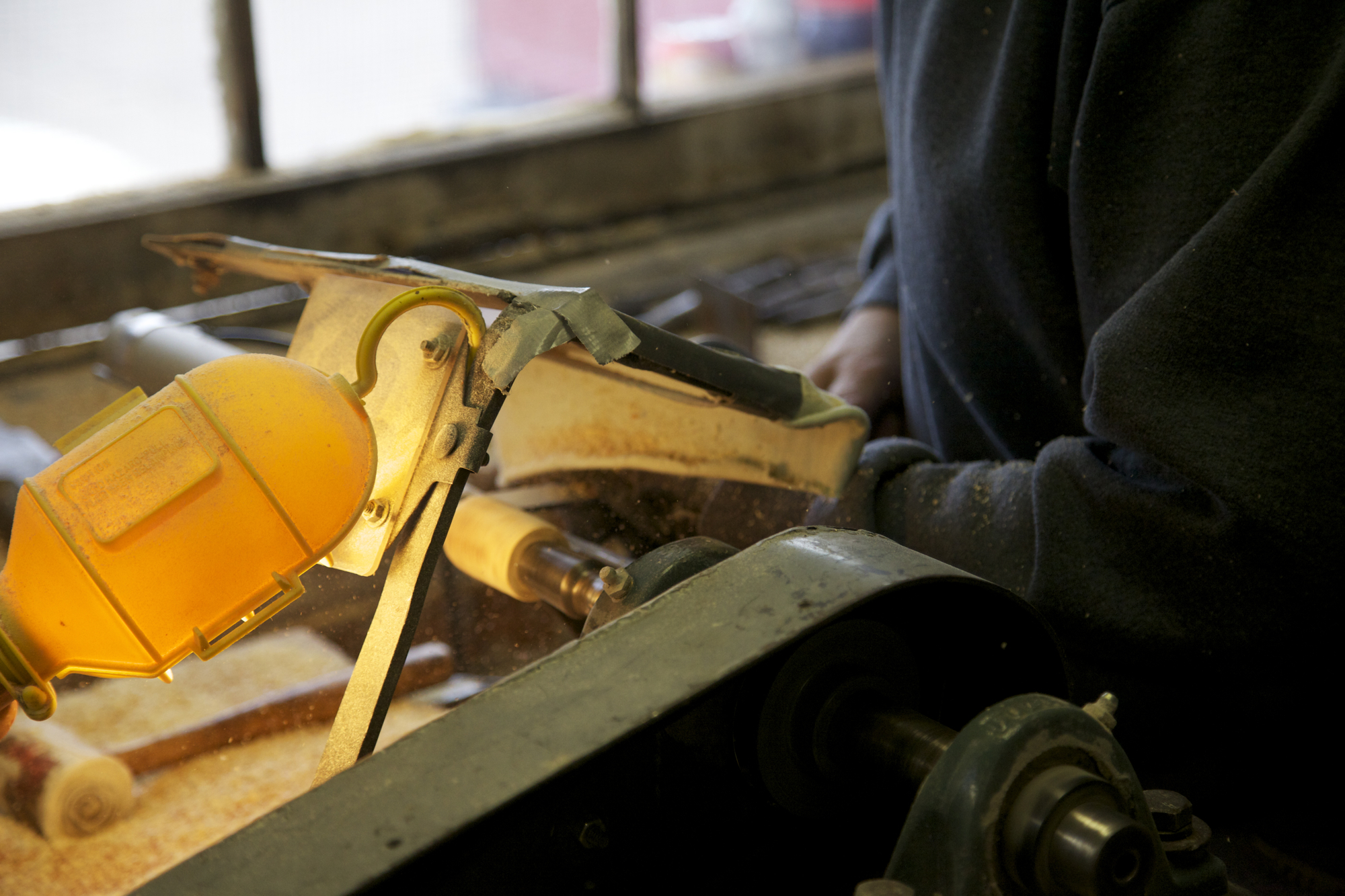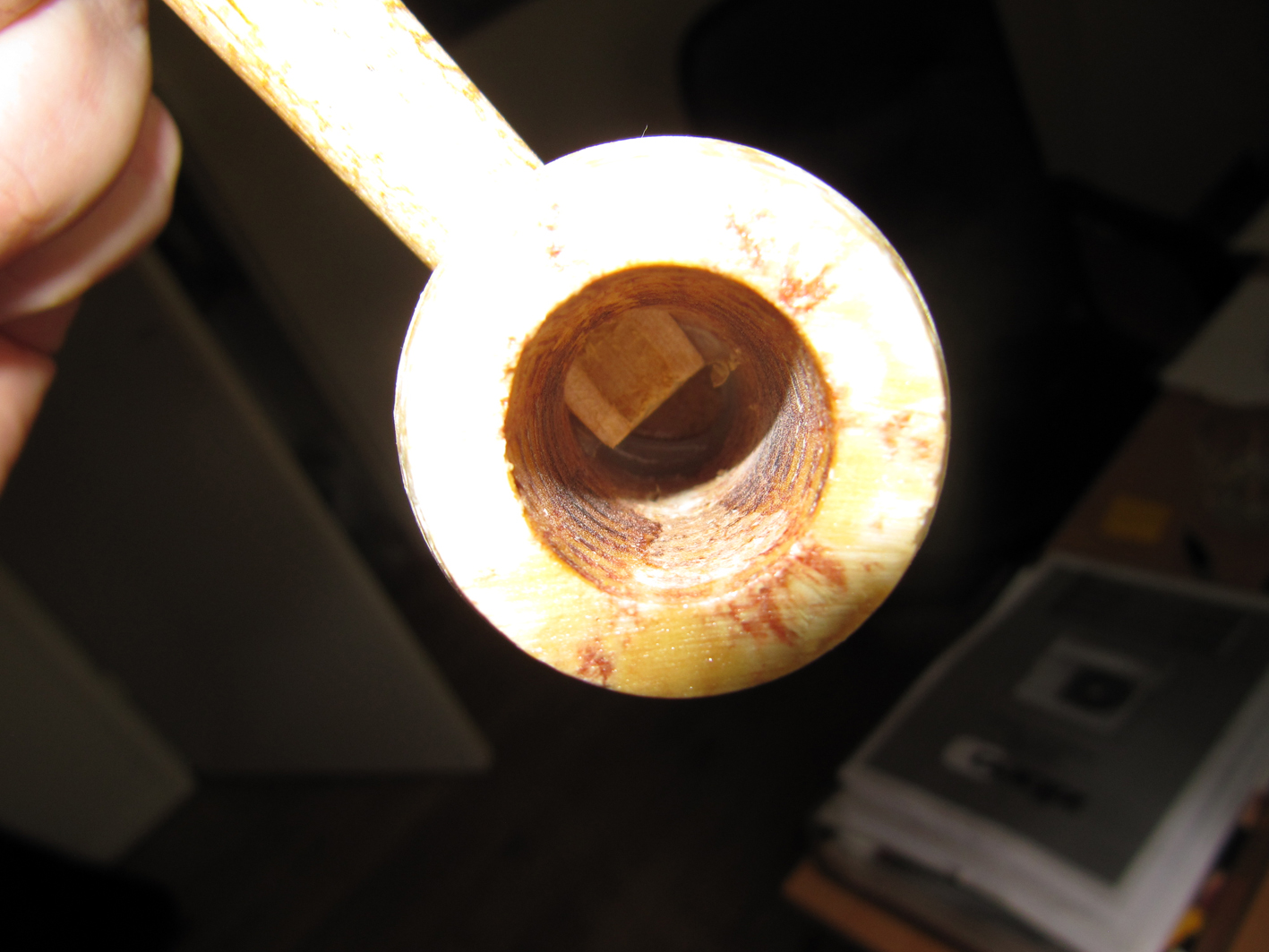Grüß Gott! After a relaxing two weeks I am back from holiday. Because my girlfriend Ellen and I have not been on vacation last year because of financial reasons we really wanted to go this year. But to where? At first I was thinking about the cottage in the south of France where I have been before. But actually I wanted to go to Austria, the country where I was conceived (my parents went their yeeaars ago and my mother came back pregnant).
So the search began but it was a lot harder than I thought. A wide range of holiday houses, yes, but all (far) above or below our budget with no shower, electricity etc. Eventually I gave up. After fruitless having browsed through a lot of websites France was once again a good option. A little after New Year the movie “The Sound of Music” just had been on TV and parts were filmed in the Salzkammergut region. I did one last search for a holiday house in that part of Austria and finally found a picturesque cottage outside the town of Bad Goisern! And it fit all the “requirements”: budget, remote location, quiet, traditional appearance, toilet, shower and hot water. Only thing: no internet .. Oh well, I like to read so with some books I was sure I could bide my time.
The evening before departure it was time to pack. Clothes and toiletries were sorted out quick enough, but pipes and tobacco… On my holiday to Belgium two years ago I took almost every pipe and tobacco with me that I owned back then. This year I gave it some thought. From what I could see the weather would be nice so the tobaccos I would be smoking the most would be Virginia’s, VaPers and aromatics. And perhaps some latakia in the late evening. In summertime my use of the dark leaf is very low. So some of the tobaccos I took with me were Capstan, Luxury Bullseye Flake, Germain Medium Flake, HU Tobacco Olaf’s Favourite English, My Own Blend Arno Mixture 665, Sweet Vanilla Honeydew and Planta’s Black Vanilla Mixture. A couple of months ago I bought some new corncobs at Aristocob with my vacation in the back of my mind. They smoke well, can take a beating, if one is broken or lost it isn’t a big deal. So, ideal. Further I brought along three of my favourite latakia pipes, two Dunhills and one old Peterson. Those pipes gave me a big scare by the way. When we left it was approximately 18°C in The Netherlands. When we arrived in Austria a heatwave just had begun. So the first days it was about 35°C! When I wanted to smoke one of the Dunhills late on the second day I saw to my horror that the pipe had begun to sweat. There was moisture on it and the black of the ebonite stem was fading. Both the Peterson and the other Dunhill had the same. Luckily I remembered that wood is subject to temperature changes. Travelling orchestras with wooden instruments often have difficulties to keep those in shape. The next evening the moisture was gone, the stems were black once again and they smoked great. I had no problems whatsoever with my corncobs.
One of the advantages of the holiday-house was that indoor smoking was allowed. Well, actually I did not ask if I could light up a pipe inside but there very clearly was an ashtray on the table. Also the owner paid us a couple of short visits and he could not have missed pipes and tobacco lying around. He said nothing of it. Luckily Austria is a pretty tolerant country towards smoking. Where the rules in Germany recently have been tightened up (Grrr…) their Southern neighbour keep things pretty relaxed. Smoking is prohibited in all enclosed public spaces with certain exceptions for eating and drinking establishments. A law from January 2009 mandates that all restaurants, bars, discos, and pubs larger than 50 m² must either be non-smoking or introduce separate smoking rooms. Below 50 m² the owner has the option to make the establishment a smoking or non-smoking place. I really wished the Dutch government also opted for this, just let the owner decide. The Austrian smoking ban has been a subject of controversy. This because the rules are widely ignored by bar owners and are not actively enforced by the authorities (just as it is in The Netherlands).
In Bad Ischl Ellen and I went to the Kaiservilla, the summer residence of Emperor Franz Joseph I (of Sissi fame) which he described as “heaven on earth” for himself and his family. The Imperial Villa was also a stage on which the great powers of the 19th century carried out their diplomatic manoeuvrings. It was here, on July 28th 1914, that Franz Joseph signed the declaration of war on Serbia thus starting World War I and changing the world.. I looked at the desk in his office on which he wrote that ill-fated piece of paper and to my surprise I saw on the right something that looked like a small meerschaum pipe. It turned out to be a long cigar-holder because when the Emperor was working he did not like smoke in his eyes. Well, well, Franz Joseph smoked!
Of all the monarchs of his time, Emperor Franz Joseph I was perhaps one of the most modest as far as his personal needs were concerned. His daily routine was strictly regulated (he got up every day at 3.30 AM!) and his private life was free from any extravagance apart from the occasional visit to the theatre and the pleasures of the hunt (you can see MANY stuffed animals in the Kaiservilla). He drank and ate only in strict moderation. Nevertheless, he did have one vice: smoking. One Ketterl, the emperor’s personal servant, reports this in his memoirs: “When the Emperor sat alone with Count Paar in the train compartment, intercourse between the two was limited to the creation of huge billows of smoke, with the result that emperor and general adjutant were hardly to be distinguished any longer in the thick fog of tobacco smoke”. Tobacco had already played an important role for the Austrian monarchs long before the reign of Emperor Franz Joseph I. The first Habsburg to appreciate the financial advantages offered by tobacco was Leopold I. In 1670 he needed money in order to fund his expensive hunting excursions. Count Khevenhüller, his Grand Master of the Hunt, suggested leasing the monopoly for the cultivation and sale of tobacco to him to cover the imperial hunt expenses. From then on (whatever the personal preference was for tobacco of the individual rulers) the tobacco monopoly was placed under varying degrees of state control. Joseph II eventually decreed an exclusive state monopoly over tobacco production in 1784, thus founding the Austrian Tobacco Monopoly (Austria Tabak). But because of European Union requirements it was partially privatized in 1998. Austria Tabak was acquired by Gallaher, a member of the Japan Tobacco International family, in 2001.
In Austria you can buy tobacco in shops called “Tabak Trafik”. They are a point of sale for (of course) tobacco products, newspapers, magazines, stationery, postcards and other small goods. In Vienna, for example, these can be parking tickets and tickets for public transport. Only Tabak Trafik shops are allowed to sell tobacco products at the regular price. Only when there are not enough shops available in an area, other businesses get a sales permit. Since restaurants and gas stations refer to the Tabak Trafik prices, pubs are at least 10% more expensive. I visited every Tabak Trafik shop I could find in Bad Goisern and other nearby towns. And I found that their pipe tobacco assortment was somewhat.. Disappointing.. Maybe I am used to the well-stocked German tobacco-shops. Ok, it is wonderful that those little Austrian shops have pipe tobacco in the first place. But they only sell pouches from brands like MacBaren, Clan and WO Larsen and some shops carry some of the Dunhill tobacco tins. I could only find one positive exception in Bad Ischl. There was a Tabak Trafik which had some Wellauer Latakia and a couple of Rattray tins. I also saw a pouch of DTM’s Sweet Vanilla Honeydew. I never knew that was sold outside of the Danpipe store in Europe. Tobacco is pretty expensive in Austria, only just below the Dutch prices. As far as pipes goes I also grumbled somewhat. A couple of souvenir pipes and a few shops in Salzburg had some Vauen and Savinelli smoking gear. Also pretty expensive..
When Ellen and I were in the beautiful city of Salzburg we walked into a fantasy/souvenir shop. Besides cuckoo clocks, swords and tankards they also had some nice ashtrays. Since I have something with skulls I bought an ashtray with a skeleton inside. Smoking is lethal right? But I still wanted a pipe.. On the Mozartplatz there was a Tabak Trafik which had some souvenir pipes made by Salzburg-based company Kemperling. They all were (yes you guess it right) expensive and not really well made (some plastic pieces) so I picked the cheapest one. A nice looking pipe with an engraved Edelweiss flower and the word “Salzburg”. And I don’t know what got into me, I really must have been tired, but I forgot to haggle and paid the full price of €34 ($44). Waaaay too much for a pipe I could not even smoke. The stem was made of cheap plastic and the smoking channel.. Well.. The drilling was off and it was so narrow I could barely put a pipe cleaner through it.. But back home it looked nice in my pipe-cabinet! Really!
All in all the two-week holiday to Austria really had been a total blast. Apart from two days of rain Ellen and I had beautiful weather and we saw and did lots of things throughout the Salzkammergut area and a bit beyond. If you visit the region do not miss Salzburg, Bad Ischl and Hallstatt. If you travel a little further go to the Admont Abbey with its stunning library and take a day-trip to the awesome panoramic Grossglockner High Alpine Road. Auf Wiedersehen!





